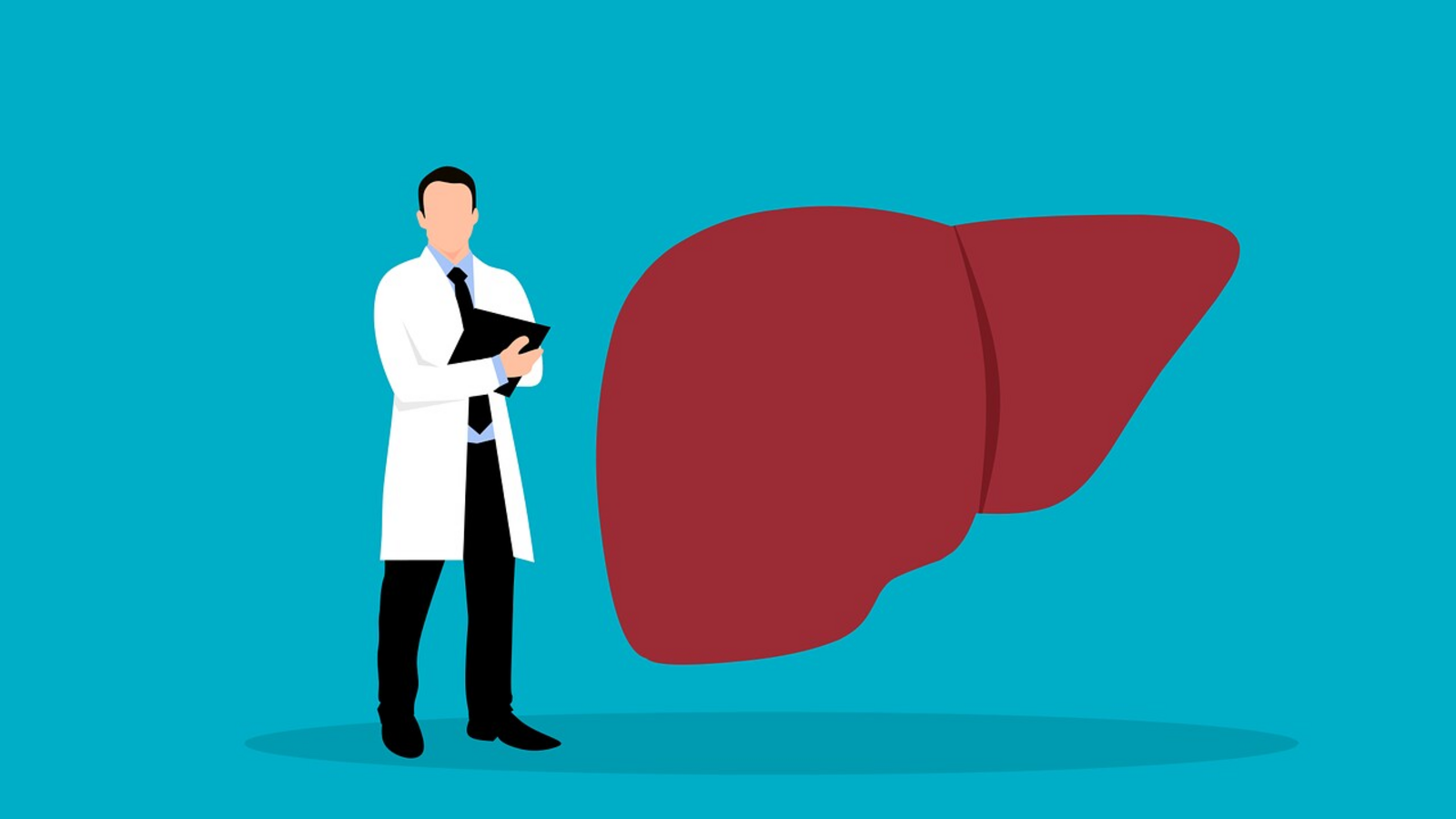As part of my research for this piece, I went into the supermarket to count the number of products with “high protein” on their packaging – a few aisles in, I realised the scale of the task ahead of me.
I wasn’t looking for wholefoods naturally high in protein, but rather foods that have been engineered to have a higher protein total. By the end, I’d accrued an extensive list including crisps, cereal, cheese, chocolate bars, yoghurt, noodles, bread, ready meals, milkshakes, pasta and pizza – a food that, while not a bastion of health, is pretty high in protein anyway.
Branding is designed to encourage purchases, and the healthy connotations associated with the phrase “high protein” serve as additional motivation to part with your cash. Protein helps build and repair bodily tissues such as muscle, while also supporting other important processes such as hormone regulation and immune function. These benefits have been well-publicised in recent years, and as a result, many people want more of it.
But are these high-protein products really necessary?
Are high-protein products good for you?
There are two main arguments against products engineered to contain more protein. One: the increased protein content comes alongside unwanted sugar, salt, saturated fat and additives. And two: most people are already consuming enough protein.
This first point was the subject of a recent Channel 4 documentary, Joe Wicks: Licensed to Kill, which highlighted most protein bars’ status as an ultra-processed food – a categorisation identifiable by their largely unrecognisable ingredient lists. Off the back of this, Joe Wicks and featured expert Professor Chris van Tulleken called for mandatory warning labels on harmful food based on existing government guidance.
Professor van Tulleken is a professor of global health and infection at University College London, and the author of Ultra-Processed People. He believes that ultra-processed products’ elevated protein offering is usually accompanied by high levels of sugar, saturated fat, salt and sweeteners, as well as other unwanted ingredients such as emulsifiers. These products also often lack the fibre and nutritional goodness of wholefood equivalents.
So, what are his high-protein wholefood alternatives? “A post-gym bowl of chicken soup and a glass of milk, or some hummus and pitta bread”, he says.
If we are getting enough protein in our diets, and it is in plentiful supply in wholefoods, what is driving food manufacturers to dial up protein on everything from snack bars to health drinks? Nichola Ludlam-Raine, a specialist registered dietitian and author of How Not to Eat Ultra-Processed, describes the phenomenon above as a “health halo”.
“A health halo is where manufacturers draw your attention to one aspect of a product [in this case, its protein content] while completely distracting you from all other parts – for example, I once saw a packet of marshmallows that were high in sugar, but said ‘fat-free’ on the packet,” she explains. “If a product is high in fat, salt and sugar, then a little bit of extra protein is not going to make it ‘good’ for you.”
However, despite their recent exposure, Ludlam-Raine does believe some high-protein products can have a place in a healthy diet. “There are functional products that are genuinely high in protein – about 20g per serving – and convenient for people who are on the go,” she says. “If someone has just done a workout, that is likely to be a better option than a chocolate bar or a packet of crisps, because protein does help with muscle repair.
“It’s not a substitute for wholefoods like chicken, eggs or tofu, which are giving you other nutrients too – my patients eat predominantly wholefood diets. But there is a gap where these products can be useful for people who struggle to meet their daily protein needs.”
Read more: We’ve overcomplicated fitness – these six simple things will make you healthier than most people
Do you need more protein?
Now to address the second key argument against high-protein products: Many people are already eating enough protein.
“The recommended nutrient intake for protein in the UK is 0.75 grams per kilogram of body weight,” says Professor Javier Gonzalez, a professor of nutrition and metabolism at the University of Bath’s Centre for Nutrition, Exercise and Metabolism.
“There are some good arguments that a little higher than this – up to 1.2g/kg – may have additional benefits for muscle health and weight control. The requirements of athletes can be even higher than this – up to around 1.8g/kg.”
Ludlam-Raine says daily protein goals can vary between 1g/kg and 2g/kg depending on several variables, such as age and activity levels. “I think, if you’re exercising and/or looking to lose weight, 1.6g/kg of ideal body weight is a nice number to roughly aim for,” she says. “I work with a lot of people with a BMI of above 40, so we use their ideal body weight rather than their current body weight to avoid overestimating.”
Many UK adult diets are already hitting this figure, and for this group, high-protein products are likely to be surplus to requirements. But “protein is essential to life”, and there are those who could be missing the mark, says Ludlam-Raine. “Although most people are having enough protein, there are cohorts of people I work with who are definitely not,” she explains. “For example, if you follow a vegan diet, cutting out meat, fish and dairy could leave you with a protein deficiency.”
Ludlam-Raine recommends keeping a food and symptom diary for a week to check if this is the case.
“Ask yourself if you’re having five portions of fruits and vegetables each day, wholegrains daily, two portions of fish – one of which is oily – per week, and limiting processed red meats,” she says. “Then look at food labels on your yoghurt, eggs, meat and other protein sources. Add up the protein content, and if you’re getting a figure equivalent to roughly 1.6 times your ideal body weight in kilograms each day, there isn’t a deficiency.”
While protein deficiencies are not particularly common, 96 per cent of UK adults are falling shy of their 30g daily fibre requirements, according to the National Diet and Nutrition Survey. Sprinkling a few extra fruits, vegetables, wholegrains, beans, legumes, nuts and seeds into your diet each week represents an effective remedy for this.
“For your snacks, always think about getting protein and fibre,” Ludlam-Raine advises. “Think apple and cheese, berries and yoghurt, carrots and hummus, or nuts and dried fruit.”

Is there a place for ultra-processed food in sport?
Professor Gonzalez says ultra-processed foods are often eaten by athletes he works with due to their high energy density and lack of filling fibre. “They can be a useful tool to meet the high energy demands of endurance athletes,” he says. “They are also often convenient for travel thanks to their packaging and the lack of need for refrigeration.
“There are many athletes who try to avoid so-called UPF and there are many athletes who eat them regularly. There are few elite endurance athletes who avoid them entirely since many of the specialised sports nutrition products would fit this category.”
Read more: The science-backed exercise method that can help fight the effects of ageing

When to question high-protein foods
“To date, there is strong, consistent evidence that diets high in sugar, salt, saturated fat and energy density [ie. calories] tend to lead to excess energy intake and/or increased risk of cardiometabolic disease,” says Gonzalez. On this point, our featured experts agree.
“Whether so-called ultra-processed foods have a unique role over and above these well-established factors is yet to be clearly demonstrated,” Gonzalez continues. “There should be research attention paid to these foods. As they tend to be high in energy density, it would be sensible to limit the consumption of many of these foods if you are looking to control body weight.
“That said, there are also foods in this category that are not high in energy density and may be a useful part of a diet when looking to control body weight.”
In short: take a glance at the back of the packet. If the high-protein product doesn’t serve your wider nutritional needs – containing unnecessarily high levels of sugar, salt and saturated fat – the extra few grams of protein are unlikely to be a worthy trade.
High-protein products should also be reconsidered if, from knowledge or experience, their ingredients cause symptoms of gastrointestinal (GI) distress such as stomach aches and bloating.
“If you get an upset stomach and you link it to products with certain sweeteners like sugar alcohols, swap it for another product that perhaps uses a small amount of sugar instead of a sweetener,” Ludlam-Raine advises.
“Every gut microbiome is unique, and symptoms will vary depending on whether you’re going through stressful scenarios, how you’re sleeping and, for women, the time of the month it is.
“But what we do know is the body succumbs to illness when we’re not supporting it. If you give your body enough of the good stuff, it can stay well.”
For this reason, Ludlam-Raine suggests using the “80:20 rule” to inform your nutrition. This means health-driving wholefoods should make up the vast majority of your diet, then you have a little flexibility with the remaining contents.
“It’s our portion sizes and the frequency we eat foods that matters most,” she says. “The reason some ultra-processed foods aren’t great for us is because they’re low in nutrients, low in fibre, low in protein and they’re hyper-palatable, so they’re really easy to overeat and can displace wholefoods.
“But if you are following the 80:20 rule, eating 80 per cent nutrient-rich foods including different types of fibre, polyphenols and fermented foods such as kefir, I don’t think a small amount of these ultra-processed products is going to upset your gut microbiome.”
Read more: Why stretching isn’t the answer to tight muscles – and the exercises to try instead
First Appeared on
Source link











